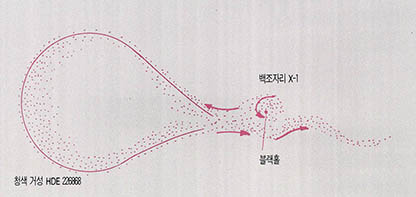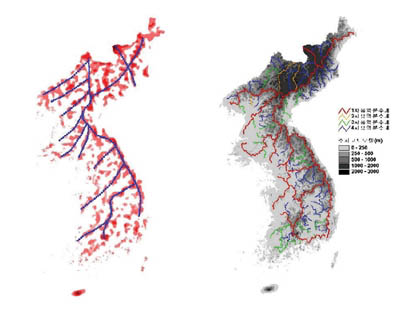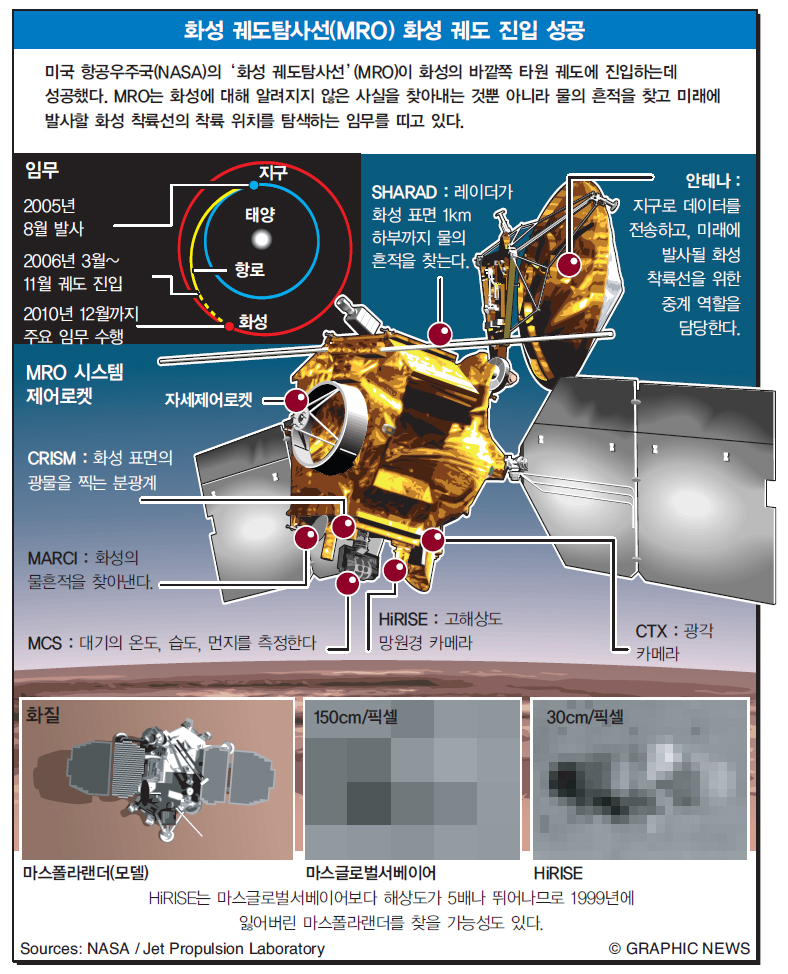우리는 선사시대 사건들의 연대를 측정하기 위해 여러가지 방법을 사용한다. 방사성 원소 분열의 측정, 얕은 여울 바닥의 연간 침전 상태분석, 나무의 나이테 관찰 등이다. 그러나 타조알을 검사하여 연대를 측정한다는 사실을 믿을 수 있겠는가?
지난 4월 조지 워싱톤 대학교의 앨리슨 브룩스 박사가 이끄는 과학팀은 타조 알 껍질이 연대를 측정하는데 이용될 수 있다고 발표했다. 이것이 사실이라면, 이는 상당히 유용한 발견이다. 연대측정법으로 가장 널리 알려진 것으로 방사성원소 C-14의 분열방법은 고작 3만5천년전까지의 측정만이 믿을 만하다. 두번째로 널리 쓰이는 K-40을 이용한 측정법은 20만년전 이상의 연대에 한해 신뢰성 있는 결과를 낸다. 3만5천년전과 20만년전 사이에 뜨는 차이는 타조알 껍질로 메꾸어질 수 있다.
타조알 껍질은 물론 타조가 많이 서식하는 지역에서만 발견된다. 하지만 선사시대에는 그 서식지가 현재보다 광범위했다. 타조알 껍질은 아프리카나 심지어는 중국 등의 여러지역에서 발견된다.
타조알 껍질은 선사시대 때 매우 유용하게 쓰여졌기 때문에 대량으로 발견된다. 하나의 타조알은 24개의 달걀을 모아놓은 분량에 해당하므로 그당시 아주 중요한 식량원이었다.
타조알 껍질은 무척 강건하다 두께는 16분의 1인치나 되고 2백50파운드 체중의 성인이 그 위에서 있어도 깨지지 않을 정도로 견고하다.
그러나 일단 윗부분을 깨고 속을 먹고 나면 껍질 그 자체가 무슨 소용이 있을까? 그릇이 활용되기 전에, 이 가벼우면서도 튼튼한 껍질은 물 그릇의 역할을 완벽히 수행했다. 윗부분을 약간 깨뜨려서 물그릇으로 사용하면 4분의1 갤런이나 담을 수 있었다.
따라서 고대 선사시대의 유적지에는 그릇이 놓일 자리에 이러한 껍질조각이 남아 있게 되었다. 그렇다면 이 껍질들이 과연 연대 측정에 어떤 도움을 줄까? 살아있는 생명체에든 죽은 생명체에든, 비록 그것이 뼈나 껍질과 같이 단단한 물체라 할지라도 단백질을 내포하고 있기 때문이다. 단백질 분자들은 아미노산이라 불리는 보다 작은 단위로 이루어져 있다.
아미노산은 L형과 D형 두가지로 분류되는데 서로 완벽하게 대칭을 이루고 있다(마치 우리의 왼손과 오른손처럼). 화학자들이 실험실에서 아미노산을 만들 때는 이 두가지 성분이 똑같은 양으로 섞인다. 반면 살아있는 유기체에는 L형만이 형성된다.
L형과 D형은 모두 아주 안정적이지만 수천년 동안 그대로 내버려졌을 때는 L형이 점차 D형으로 바뀌는 경향이 있다(D형으로 시작하면 L형으로 바뀌기도 한다). 따라서 타조알 껍질에서 발견되는 L형과 D형의 양으로부터 타조가 이 알을 낳은 이래로 지나왔던 시간을 추정할 수 있게 되는 것이다.
이러한 기술은 1950년대부터 오래된 뼈를 연구하는 데 이용되었는데, 여기에는 한가지 유의할 점이 있다. 따뜻한 기후에서는 그 변화의 속도가 빨라지며, 습기 또한 이 변화를 가속화시킨다. 과거에 온도가 어떠했고, 습도나 강수량이 얼마나 되었는지 확실히 알 수 없음은 L형으로부터 D형으로 변하는 속도가 같았음을 확인할 길이 없게 만든다. 시기에 따라 빠를 수도 있고 늦을 수도 있다. 그러므로 어떤 물체의 실제 연대 수를 측정하는 데에는 불확실한 면이 항상 존재한다.
그러나 1980년대에는 이러한 연대측정 방법이 많이 개선되었다. 나아가 타조알 껍질은 뼈보다 기공이 많지 않아서 수분이 많이 흡수되지 않는다. 그 결과 습도나 비에 덜 영향을 받아 그들의 나이는 보다 잘 측정될 수 있는 것이다.
그러므로 이러한 결과를 보고한 과학자들은 그들이 정확하게 칼라하리 사막에 있는 선사시대 유적의 연대를 측정할 수 있다고 자신한다. 이 장소의 고대 침전층에서 발견된 타조알 껍질은 6만5천년에서 8만5천년전 정도 된 것으로 보인다. 아프리카의 어떤 지역에서는 20만년 가량 된 것으로 보이는 타조알 껍질이 발견되기도 한다.
일반적으로 온도가 아프리카보다 서늘한 중국에서는 1백만년 가량된 껍질도 발견될 수가 있다.
물론 유적이 얼마나 오래된 것인가를 알아내는 것은 매우 중요하다. 하지만 우리가 특히 관심있는 것은 '현대의 인류'(오늘날 지구에 살고 있는 모든 인간을 표현하는 용어이다)의 나이가 얼마인지에 대해서 보다 정확한 결론을 내릴 수 있다는 것이다.
일반적으로 현대의 인류 즉 호모사피엔스는 5만년 전에 출현한 것으로 느껴진다. 그런데 간혹 현대인류의 것으로 보이는 뼈와 함께 타조알 껍질이 발견되기도 한다. 이 껍질의 연대를 측정해 보면, 그 뼈의 나이도 알아낼 수 있을 것이다. 그렇다면 우리는 호모사피엔스가 언제 나타났는지를 알아낼 수 있을 것이고, 심지어는 우리인류가 어디서부터 시작했는지에 대해서도 보다 예리하게 간파할 수 있을지도 모를 일이다.
We use several methods to estimate the dates of prehistoric events-measuring the breakdown of radioactive atoms, analyzing the annual layers of sediment("varves") at the bottom of shallow water, counting tree rings-but would you believe examining ostrich eggs?
In April, a team of scientists headed by Alison S. Brooks of George Washington University announced that ostrich eggshells could be used to determine age.
If this checks out, it could be extremely useful. The most widely known method of age-determination-the breakdown of radioactive carbon-14-will yield reliable results only up to 35,000 years ago The next most common method, the breakdown of potassium-40, only gives reliable results for more than 200,000 years ago. The gap between 35,000 to 200,000 years ago may be filled by studying ostrich eggshells.
Ostrich eggshells can only be found in parts of the world where ostriches are common, but in prehistoric times the range of the ostrich was greater than it is now. Ostrich eggshells are found in widely diverse areas of Africa and even in China.
The eggshells are found rather plentifully because they were useful in prehistoric times. One ostrich egg can supply the equivalent of two dozen hen's eggs in scrambled eggs, so it was a desirable food source.
The shell of an ostrich egg is remarkably strong. It is about 1/16-inch thick, and is so strong that a 250-pound person can stand on one without breaking it.
Once the top is broken off, however, and the contents eaten, what is the use of the eggshell itself? In the days before pottery, the eggshell was a perfect vessel-light and strong-to carry water. One eggshell with the narrow top broken off could easily hold a quart of water.
Naturally, then, ancient sites of prehistoric settlements would contain these shell fragments in the place of the pottery that one would find in later remains.
How does this help in determining age? Well, there is always some protein in material that is living or was once living, even in hard objects like bones, seashells or eggshells. The protein molecules are made up of a chain of smaller units called amino acids.
Amino acids can come in two varieties, labeled "L" and "D" that are mirror images of each other.(like your right and left hands) When chemists form amino acids in the laboratory, both varieties are formed in equal quantities. In materials from living organisms, only one variety, L, is formed.
Each variety is pretty stable, but if untouched for a long period of time, such as thousands of years, there is a tendency for some of the L to turn slowly into D. (If you had started with D, some would turn into L) From the amount of L and D you find in a particular ostrich eggshell, you can determine the time that has elapsed since the ostrich laid that egg.
This technique has been used since the 1950s on old bones, for instance, but there is a catch. In warm temperatures, the rate of change speeds up and moisture causes it to speed up, too. You can't always tell how warm temperatures have been in the past, or how much humidity and rainfall there has been, so you can't be sure the rate of change from L to D has been the same. It may have been faster at some times and slower at others. That introduces considerable uncertainty into the actual age of an object.
In the 1980s, however, this method of aging has been considerably refined. In addition to that, the ostrich eggshells are much less porous than bone. Water does not get into them as much, so that it seems reasonable to suppose that they are less affected by humidity and rain and their ages can be more reliably determined.
Therefore, the scientists reporting this finding feel pretty confident that they can determine the ages of prehistoric sites in the Kalahari desert with fair accuracy. The ostrich eggshells found in the older layers of sediment there may be between 65,000 and 85,000 years old.
It seems possible that ostrich eggshell remnants might be found that are up to 200,000 years old at some places in Africa.
In China, where the temperature is, on the whole, cooler than in Africa, it is possible that ages of up to 1,000,000 years can be determined.
It is, of course, very useful to know how old relics might be, but, in particular, we might now be able to come to some better conclusion as to how old "modern man"(a term describing all people living on Earth today) might be.
The general feeling is that modern man, Homo sapiens, first appeared 50,000 years ago, but ostrich eggshells are sometimes found in conjunction with human bones that seem to be those of modern man. If we determine the age of the shells, we will have the age of the bones.
We can then estimate when Homo sapiens appeared, and even, perhaps, sharpen our notions as to where we began.
이 기사의 내용이 궁금하신가요?
기사 전문을 보시려면500(500원)이 필요합니다.
1990년 07월 과학동아 정보
🎓️ 진로 추천
- 지구과학
- 역사·고고학
- 생명과학·생명공학

















